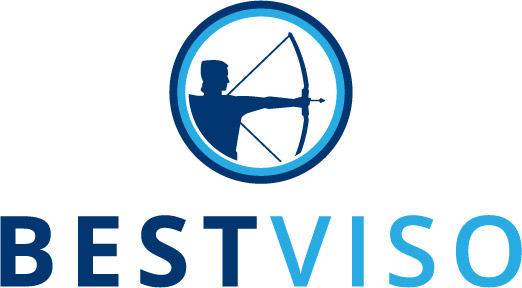Recently introduced channels for interactive advertising and communication require businesses to engage in continuous social media monitoring and analytics. Doing so is the only way that companies can measure both the effectiveness and efficiency of their communication activities in these channels. To accomplish this goal, defining valid success indicators is vital in this area as well. Social media monitoring enables a company to constantly observe, measure, and gauge all reactions, discussions, and interactions taking place on the net.
This change in the business environment also creates new challenges for corporate market researchers because communication departments or agencies often measure and assess social media marketing activities separately. A better approach, however, is to implement an overall strategy that should converge in the departments responsible for insights.
But how can we measure the success of a social media strategy? What role do influencers play? How can companies use social networks to gather information about themselves and their competitors?
Social media monitoring runs continuously
Analyzing a company’s success on social networks involves two main approaches: social media analytics and social media monitoring.
The first of these, social media analytics, focuses on analysis of the company’s own online activities. Quantitative indicators such as impressions, clicks, leads, conversion rates, or the number of followers all furnish information about which platforms the company is deploying effectively, which content is proving most successful, and the optimal time period in which to reach a certain target group online.
With the other approach, social media monitoring, a researcher obtains an overview of the web signals about one’s own brand. The goal: understanding the opinions of current and potential customers. Such signals include new company-relevant topics, customer opinions about one’s own company or brand, products or services offered, and the competition. To achieve this objective, tools can be wielded to set and track specific keywords which will inform ongoing online conversations.
Social media monitoring is carried out continuously so that any problematic posts can also be recognized and addressed. Those in charge can set up automatic notifications – so-called alerts, that promptly recognize and respond to any emerging crisis situations.
Social media monitoring methods
Monitoring tools use a broad range of methods to locate and analyze relevant information about social network activities. These methods are grounded in texts text analysis – a general term for the computerized analysis of words and texts for the purpose of extracting data or summaries. Using either a dictionary or a machine learning algorithm, the tools perform sentiment analysis, assigning opinions about specific products and services as well as brands and companies. The greatest challenge when using this method is the tendency of customers to issue or distribute their opinions only when they are dissatisfied with a product. Hence, the ratio of positive to negative posts is not always representative of a product’s true success.
In order to prioritize the posts, the tools convey background information about the users. Examples of such information could be the number of friends or details about the profile’s activities. Data of this type can be used to estimate the post’s reach. Furthermore, the tools can identify influencers by means of social network analysis, a method that analyses the relative importance of connections among users to identify influential profiles. The University of Leipzig, in a 2018 study entitled “Social Media Analytics: An Analysis of the Functionalities of Free Tools,” defined influencers as:
“People on social media who have a large impact on a specific group of people.”
KPIs of social media analytics
The social media analytics approach involves setting specific goals and establishing KPIs (key performance indicators, also known as performance metrics) to measure the success of social media activities. The most important KPIs fall into three primary categories: presence, engagement, and ROI (return on investment).
Presence is about an organization’s visibility on social networks. This visibility encompasses metrics such as the number of followers, subscribers, and how often the organization gets mentioned. Engagement KPIs address the reactions to an organization’s posts – the quantity of likes and comments falls into this category. Also of importance are the KPIs for ROI; for example, conversions (the number of users who visit the company website specifically because of the post) and cost per lead (the social media cost calculated by the number of social media users who become new customers).
Conclusion
Monitoring and analytics enable companies to continuously measure their social media successes. Yet social media monitoring and analytics should not be used in isolation. By developing and implementing an overall strategy in your insights department, you can place both these KPIs and insights into a broader context – thus comprehensively evaluating your communication strategy’s ultimate success. As an operational market researcher, you have the opportunity to successfully incorporate these new tools into your department. Only then will it be possible to use them profitably and beneficially to improve your company’s strategy.
If your company still doesn’t have its own Insights Officer, then BESTVISO will be glad to help you profitably link and use information sources.
Do you have market research results that you’re still not using to add value? Learn more about our BESTVISO Insights Activation Workshop.
If you’re interested in brand management in the digital age, you can read more here.

